Just two year’s before his assassination, Julius Caesar brought to Rome one of the world’s most astonishing living creatures: a giraffe. The animal was among Caesar’s spoils from his campaign in Egypt and according to the Roman writer, Dio, the giraffe, which was arguably the first to ever touch European soil, was paraded in the Circus for all to see. Today, over two thousand years later, the giraffe has become one of the world’s most recognizable animals: after all nothing looks quite like it with its spotted coat, tufted horns, and, most importantly, that impossibly long neck. But less commonly known is that the giraffe is in trouble with some subspecies down to just a few hundred individuals.

“Two giraffe (sub)species have been classified on the IUCN Red List as ‘Endangered’—the West African giraffe (<300 individuals) and the Rothschild’s giraffe (<700 individuals). However, sadly, there may be other populations threatened—if not all of them, as we are only starting to get a good feel on numbers and range. As an example, the Nubian giraffe in Ethiopia and maybe South Sudan would number less than the Rothschild’s giraffe,” explains Julian Fennessy, a conservation scientist and co-founder with the Giraffe Conservation Foundation (GCF), in a recent interview with mongabay.com.

Just as giraffe populations are falling in some parts of Africa—along with many of the continents big mammals—Fennessy says scientists are only beginning to untangle giraffe taxonomy. Currently all giraffes are lumped into one species and nine subspecies, but genetic research may reveal that at least some of these subspecies are in fact distinct species.
“I am not a taxonomist but based on our ongoing research for the past decade we are coming up with some new and interesting findings,” he says. “At the moment it is still generally accepted that there is one species and nine (sub)species, although work by colleagues published in 2007 indicated that there might be reason for splitting into different species—and even more recently some spilt them into eight species!”
Giraffes are facing largely the same plights as Africa’s other megafauna: booming human populations, shrinking habitat, and poaching.
“This is seen as a global crisis but Africa’s issue to fix. We need to look globally for solutions. We are happy to use natural resources from developing nations, support the fight of disease and hunger, but wildlife and the habitat upon which they roam are key for our healthy future,” Fennessy says. “We need to strike a balance between population growth, human development and conserving our environment—the world is changing and we need a change in attitude from all to save it.”
Julian Fennessy will be presenting on his work with the Giraffe Conservation Foundation (GCF) at the 2013 Zoos and Aquariums: Committing to Conservation (ZACC) conference on Thursday, July 11th in Des Moines, Iowa.
AN INTERVIEW WITH JULIAN FENNESSY

Mongabay: What’s your background?
Julian Fennessy: An Australian who got lost in (or maybe found) Africa…
Academically, I have a Bachelors of Applied Science in Natural Resource Management and a PhD in Biological Sciences on the ecology of the desert-dwelling giraffe in northwest Namibia.
Professionally, I have worked for a range of local and international companies and organizations in Africa and Australia focussing on wildlife, conservation, land management and sustainable development. Whether working with IUCN, African Wildlife Foundation, Namibia Nature Foundation, Government of Namibia, Bush Heritage Australia or Natural Resources Institute (University of Greenwich), the experiences obtained have enabled me to develop a range of technical, financial and management skills—all critical to running a small project, or directing a large NGO.
Mongabay: Why giraffes?

Julian Fennessy: Why not? Giraffe are one of the most loved critters in the world. Everyone knows what a giraffe looks like and importantly for me, they are easy to ‘spot’ and can research them during the day! No late nights like those chasing predators ☺
Mongabay: Why do you think giraffes have seen less scientific and conservation attention than many other of Africa’s big mammals?
Julian Fennessy: In all honesty, when l realized this 15 years ago l was super surprised…and I asked the same question myself to others. In short, I think it is because they do not have big teeth or have social systems similar to those of humans—strong and long family bonds. However, research on these gentle (and sometimes not so gentle) giants has, amongst other things, helped design astronaut space suits! One of our key needs is to now share with the world about how threatened they are becoming, we need to make them ‘sexy’ to help save them. With numbers likely dropping to below 80,000 total for all giraffe (sub)species, this should ring more alarm bells.
Mongabay: What are the major threats facing this species?
Julian Fennessy: All the standard factors which are affecting much of African wildlife in general—poaching (illegal hunting), human population growth, habitat loss, habitat fragmentation and habitat degradation. Whilst the impacts differ between populations, these and other threats continue to impact on the giraffe’s distribution and numbers across the African continent.
Mongabay: Currently there is only one giraffe species with nine subspecies. Is there evidence that any of these subspecies should be raised to species status?

Julian Fennessy: The million dollar question for all taxonomists—and the conundrum of whether you are a splitter or clumper! However, I am not a taxonomist but based on our ongoing research for the past decade we are coming up with some new and interesting findings. At the moment it is still generally accepted that there is one species and nine (sub)species, although work by colleagues published in 2007 indicated that there might be reason for splitting into different species—and even more recently some spilt them into eight species! I personally want to wait until all the data is in before suggesting any changes, however, what l can add is that our recently published paper on Thornicroft’s giraffe indicates that they are genetically similar to Masai giraffe…let the puzzle continue to unravel!
Mongabay: What are the most endangered giraffe populations?
Julian Fennessy: Surprisingly to most, two giraffe (sub)species have been classified on the IUCN Red List as ‘Endangered’—the West African giraffe (<300 individuals) and the Rothschild’s giraffe (<700 individuals).
However, sadly, there may be other populations threatened—if not all of them, as we are only starting to get a good feel on numbers and range. As an example, the Nubian giraffe in Ethiopia and maybe South Sudan would number less than the Rothschild’s giraffe, the Kordofan giraffe of Central Africa less than 3,000, and the reticulated giraffe in and around northern Kenya, less than 5,000 individuals. All in all the picture is not rosy…and there are still more (sub)species out there but their populations are also declining with the exception of those in Namibia.
Mongabay: What conservation measures are needed quickly to protect these populations? Julian Fennessy: A number of countries, as example Botswana, Kenya, Niger and Zambia, have listed giraffe as a specially protected species, providing them the highest level of policy protection. However, aside from Niger, no dedicated giraffe conservation initiatives have been implemented. Whilst policy is key to flagging the problem, ignorance is no excuse as to why implementation to conserve giraffe has not happened. We need to fully understand how many giraffe there are and where (something we at GCF are working on), and then working with governments to use this information to then manage populations better, monitor populations, seek international support and assistance to implement strategies, and the list goes on. But we first must just start!
Mongabay: Big mammals are declining across Africa. What’s going on and what can be done to turn this around?

Julian Fennessy: Whilst numbers of African wildlife are declining we must put it into context that many species in developed countries are gone or precariously low. It is easy for someone sitting in Melbourne, London or Washington to cast aspersions as to why the decline but how many people are truly prepared to support, put their hand in their pocket, and get on the ground to make a change? I have asked many people the question of how much would they pay to conserve Africa’s wildlife and have the knowledge that they are safe. Sadly, few would come to the party. This is seen as a global crisis but Africa’s issue to fix. We need to look globally for solutions. We are happy to use natural resources from developing nations, support the fight of disease and hunger, but wildlife and the habitat upon which they roam are key for our healthy future. We need to strike a balance between population growth, human development and conserving our environment—the world is changing and we need a change in attitude from all to save it.
Mongabay: What can people do to help the giraffe?
Julian Fennessy: Aside from hard cash to support targeted conservation activities—no doubt that this always helps! ☺ The first step is for people to become more aware of the plight of giraffe and share this information with family, friends and colleagues. Awareness is key!
This article was written for Mongabay.com and re-posted on Focusing on Wildlife.


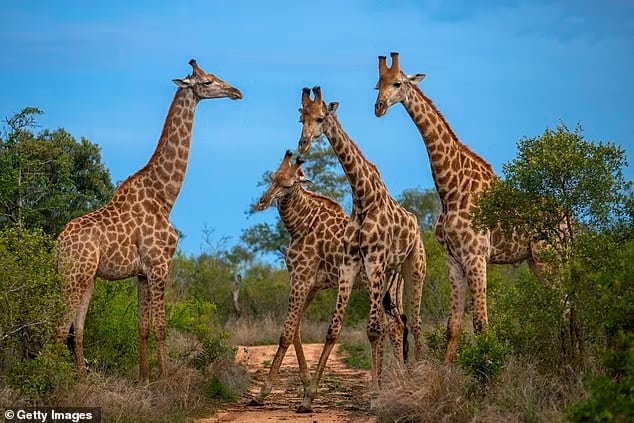
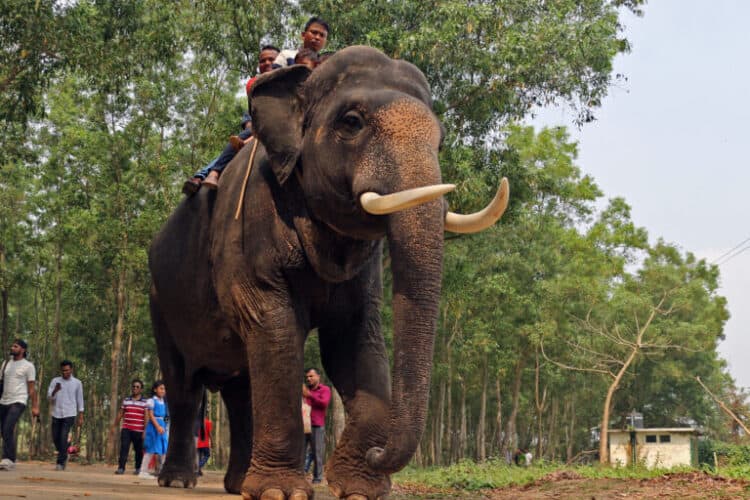
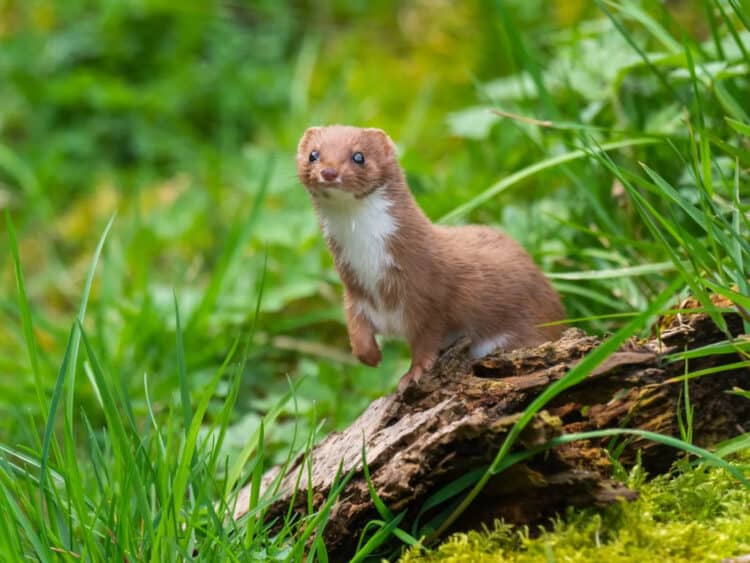
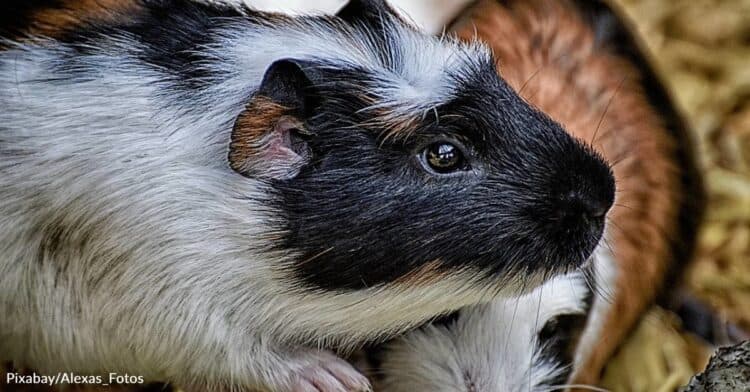
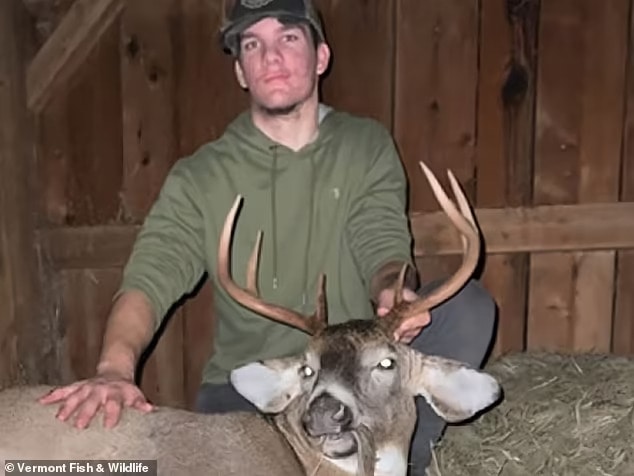
Leave a Reply